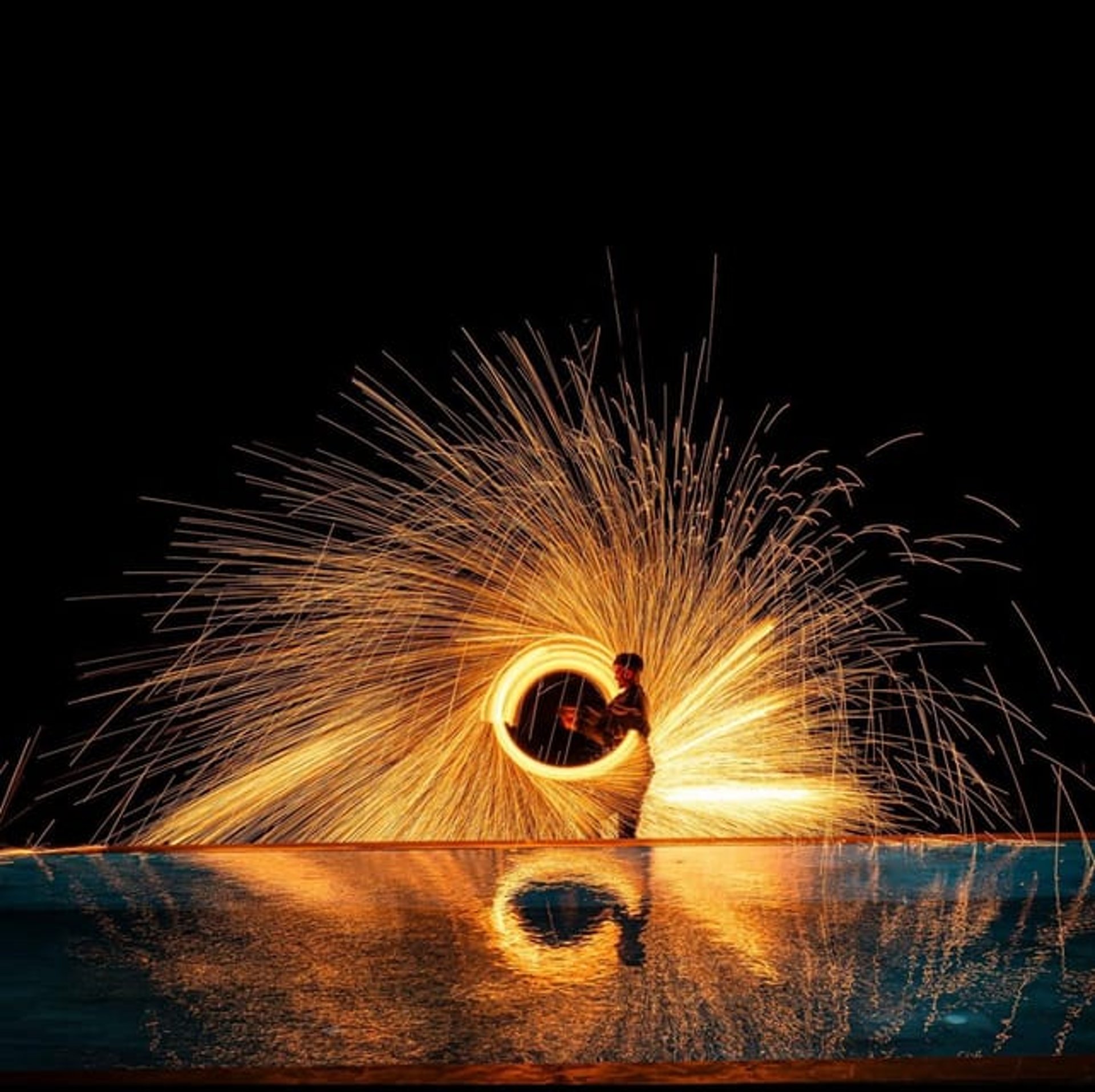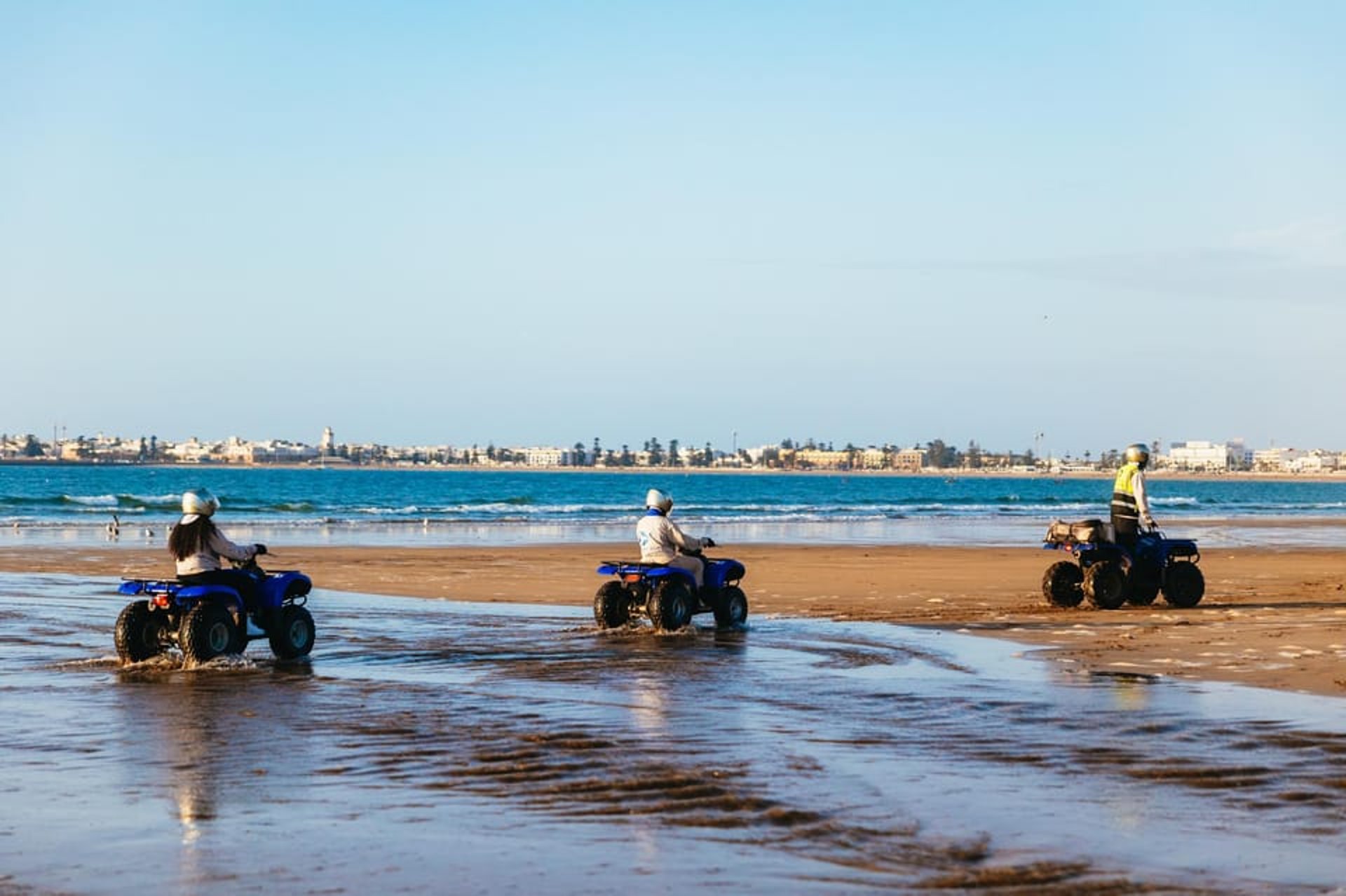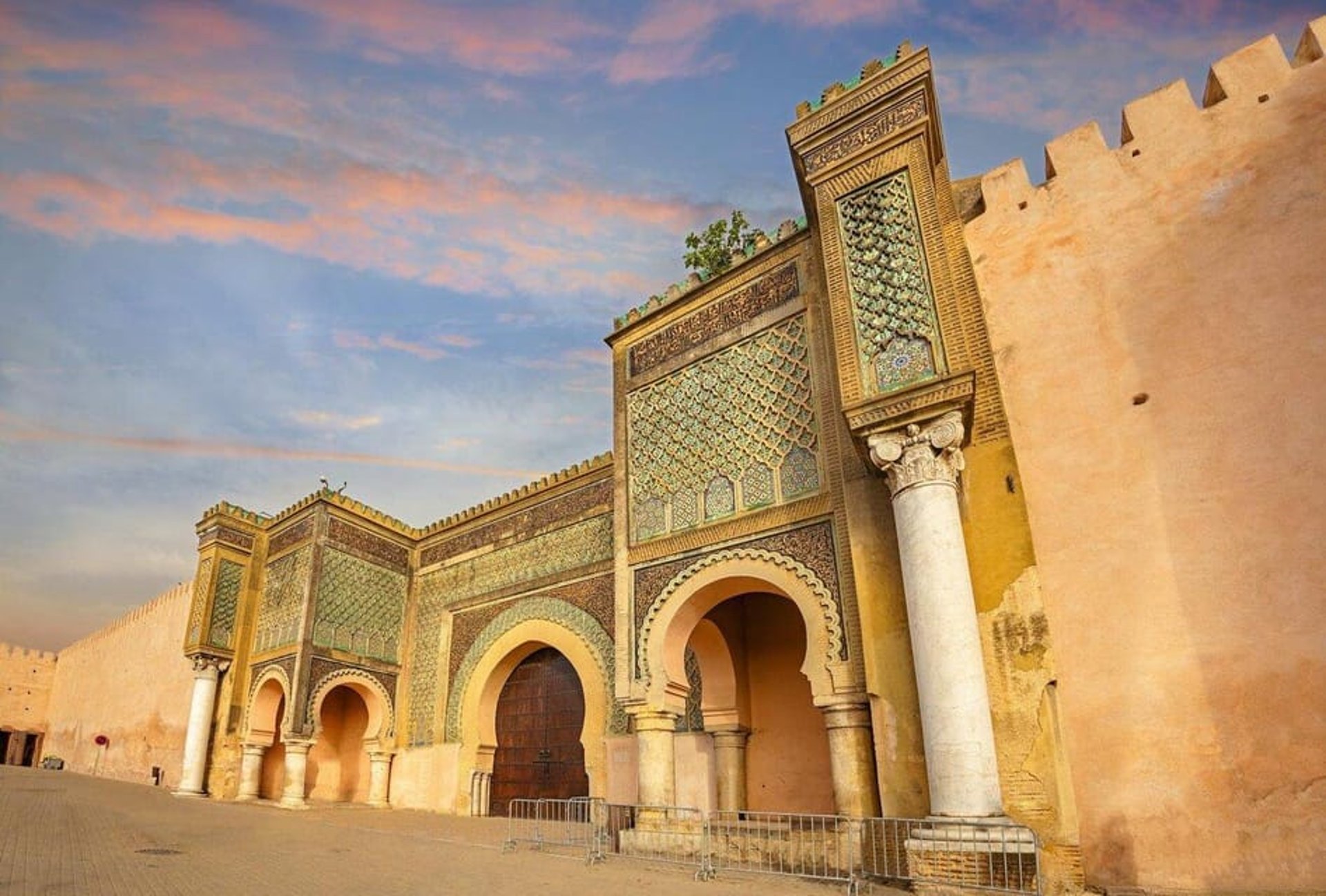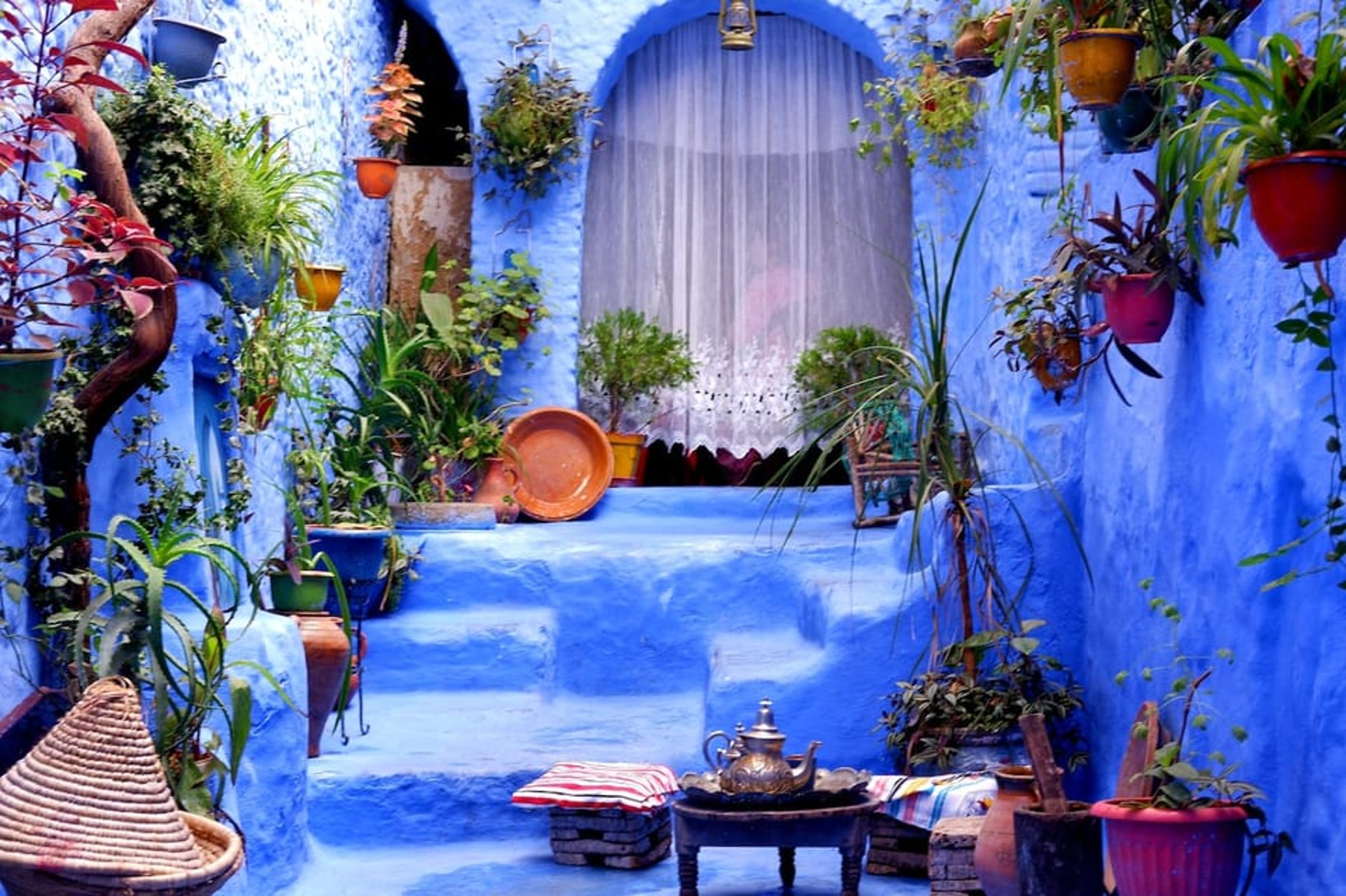Top Cities to Visit in Morocco: A Comprehensive Guide
12/7/20249 min read

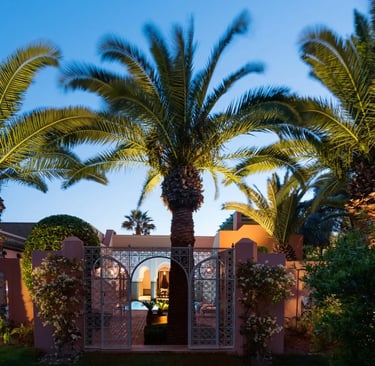
Marrakech: The Red City of Vibrant Culture
Marrakech, often referred to as the Red City, is a mesmerizing destination that offers an ideal blend of rich history, stunning architecture, and vibrant cultural experiences. Renowned for its striking red-pink walls, this city invokes a sense of magic and allure. Visitors can easily immerse themselves in the captivating atmosphere that Marrakech exudes, beginning with the iconic Jemaa el-Fnaa square. This bustling heart of the city is a UNESCO World Heritage site, where the vibrant sounds of street performers and the aroma of local cuisine come together to create an unforgettable ambiance. As the sun sets, the square transforms into a lively food market, offering a range of culinary delights, from succulent skewers to traditional Moroccan tagines.
Another architectural gem that adorns the Marrakech skyline is the majestic Koutoubia Mosque. This exquisite mosque, with its impressive minaret reaching approximately 77 meters, serves as an iconic landmark and offers insight into the city's Islamic heritage. While non-Muslims are not permitted to enter the mosque, its stunning exterior and beautifully landscaped gardens offer visitors a serene space to reflect on the grandeur of Moroccan architecture.
Chefchaouen: The Blue Pearl of Morocco
Chefchaouen, famously known as the "Blue Pearl of Morocco," is a town that captivates visitors with its striking blue-washed buildings nestled in the Rif Mountains. This enchanting destination stands out not only for its unique color scheme but also for the charm of its narrow alleys, where every turn reveals a new perspective of the town's picturesque landscape. The vibrant blue tones found throughout Chefchaouen derive from a blend of history and culture, creating a visual feast for photographers and travelers alike.
One of the town's highlights is its quaint Kasbah Museum, which offers insight into the region's history and culture. The museum is located in a beautifully restored kasbah from the 18th century, featuring exhibits that highlight local crafts, traditional clothing, and artifacts that narrate the story of Chefchaouen and its people. The lush gardens surrounding the museum provide a peaceful space for contemplation, enhancing the overall experience of this intriguing place.
In addition to its scenic beauty and cultural attractions, Chefchaouen thrives on its vibrant artisan culture. Local markets brim with handmade crafts, textiles, and leather goods that reflect the town's heritage and creativity. This artisan atmosphere invites visitors to engage with local craftsmen, promoting an understanding and appreciation of the artisanal traditions that persist in Chefchaouen today. Overall, Chefchaouen is an irresistible destination that uniquely blends natural beauty, rich history, and vibrant cultural expressions, making it a must-visit when exploring Morocco.
Fes: The Cultural Heart of Morocco
Fes, often regarded as the cultural capital of Morocco, holds a unique place in the nation’s historical tapestry, serving as a testament to the country's rich heritage. Established in the 8th century, Fes is home to the ancient University of Al Quaraouiyine, which is recognized by UNESCO as one of the oldest existing universities in the world. This remarkable institution has played a crucial role in the educational landscape of Morocco and continues to attract scholars and students from around the globe.
The Medina of Fes el-Bali, a UNESCO World Heritage site, offers visitors an immersive experience into the heart of Moroccan culture. Its labyrinthine alleyways are brimming with vibrancy and life, showcasing an array of traditional crafts that have been practiced for generations. As you meander through the narrow streets, the smell of leather from the tanneries wafts through the air, while skilled artisans can be seen crafting intricate pottery and textiles. This living museum of history not only showcases the craftsmanship of the past but also reflects the ongoing cultural significance of Fes.
Fes offers a profound connection to the heritage and traditions of Morocco, making it a must-visit destination for those seeking to explore the cultural heart of this fascinating country.
Sahara Desert: Experiencing Merzouga and Erg Chebbi
The Sahara Desert, renowned for its stunning landscapes and vast expanse, offers an enchanting experience that captivates every traveler. Merzouga, a small village located at the gateway of the Sahara, serves as a prime base for exploring the legendary Erg Chebbi dunes. These golden sand dunes rise dramatically, reaching heights of up to 150 meters, presenting a breathtaking backdrop for various activities.
After an exhilarating day of trekking, travelers often opt for an unforgettable overnight stay in desert camps. These camps provide comfortable accommodations, complete with traditional Moroccan meals and hospitality. Guests can relax around a campfire, listen to Berber music, and share stories under the expansive starlit sky. The desert night offers remarkable clarity, making stargazing a magical experience, with constellations visible in ways rarely seen in urban settings.
Essaouira: The Coastal Gem
Essaouira, often referred to as the coastal gem of Morocco, captivates visitors with its stunning scenery, rich history, and vibrant cultural scene. Nestled along the Atlantic coast, this enchanting city is recognized for its well-preserved medina, which has been designated as a UNESCO World Heritage site. The medina is characterized by its winding alleys, whitewashed buildings adorned with blue shutters, and bustling souks, showcasing the unique blend of Moroccan and Portuguese architectural influences.
Historically, Essaouira thrived as a trading port, attracting merchants from various corners of the globe. Its strategic location facilitated trade in a variety of goods, including spices, textiles, and argan oil. Visitors can immerse themselves in the city's past by exploring the impressive Citadel, a fortress that offers panoramic views of the coastline and serves as a reminder of Essaouira's maritime significance. The city's history is also reflected in its vibrant arts scene, where local artisans showcase traditional crafts, including woodworking, pottery, and painting.
In conclusion, Essaouira stands out as a captivating destination that offers a harmonious blend of natural beauty, rich history, and vibrant culture. Whether you are exploring the charming streets of the medina, engaging in exhilarating water sports, or indulging in the finest seafood, Essaouira promises an unforgettable experience that reflects the essence of Morocco's coastal allure.
Casablanca: Modernity Meets Tradition
Casablanca, the largest city in Morocco, is a dynamic blend of modernity and tradition, attracting visitors with its cosmopolitan atmosphere. As the economic powerhouse of the nation, it serves as a central hub for business and trade, fostering a vibrant landscape that appeals to both professionals and tourists alike. The city's skyline is defined by remarkable architecture that juxtaposes contemporary designs with traditional Moroccan elements.
One of the architectural highlights of Casablanca is the Hassan II Mosque, which stands as a testament to the city’s rich cultural heritage. This stunning mosque, one of the largest in the world, features intricate mosaics and a towering minaret that reaches 210 meters high, offering breathtaking views of the Atlantic Ocean. The mosque is not only a place of worship but also a symbol of national pride, drawing visitors from around the globe who seek to admire its beauty and learn about Islamic architecture.
Another notable landmark is the Royal Palace, which exemplifies Morocco’s royal heritage. While access to the palace itself is limited, the surrounding area boasts lush gardens and intricate gate designs that make for captivating photographs. Visitors can gain insight into the country's rich history and traditions while exploring the nearby streets filled with art and culture.
The vibrant Corniche area, lined with cafes and restaurants, offers a glimpse into Casablanca's social scene. This seaside promenade is a hub for nightlife, offering entertainment options ranging from lively bars to beachside lounges. Additionally, art galleries enrich the cultural landscape, showcasing the works of both local and international artists. Through these facets, Casablanca presents a unique blend of modern living intertwined with a rich cultural identity, making it an essential destination for anyone traveling to Morocco.
Atlas Mountains: Nature's Majesty
The Atlas Mountains stand as one of Morocco's most stunning natural landscapes, captivating the hearts of adventurous travelers. Stretching across the central part of the country, this majestic mountain range offers a diverse environment, characterized by rocky peaks, lush valleys, and high plateaus, making it an ideal destination for outdoor enthusiasts. The region is a haven for activities such as hiking, mountain biking, and cultural explorations of traditional Berber villages.
Toubkal National Park is another key attraction that further showcases the beauty of the Atlas Mountains. Established in 1942, this protected area promotes conservation while offering visitors an opportunity to explore its unique flora and fauna. Within the park, numerous hiking routes traverse valleys and ascend peaks, providing breathtaking views of the surrounding terrain. The diverse ecosystems found in the park contribute to its appeal, attracting nature lovers and outdoor thrill-seekers alike.
Rabat, Meknes, and Agadir: Hidden Treasures
While cities like Marrakech and Casablanca often dominate discussions about Moroccan tourism, Rabat, Meknes, and Agadir present unique experiences that are well worth exploring. Each city boasts its own distinctive charm, contributing to Morocco's rich tapestry of culture and heritage.
These cities, with their diverse offerings, deserve to be considered as integral parts of a Moroccan adventure. By venturing beyond the well-trodden paths, travelers can uncover the hidden treasures of Rabat, Meknes, and Agadir, each contributing its unique elements to the overall Moroccan experience.
